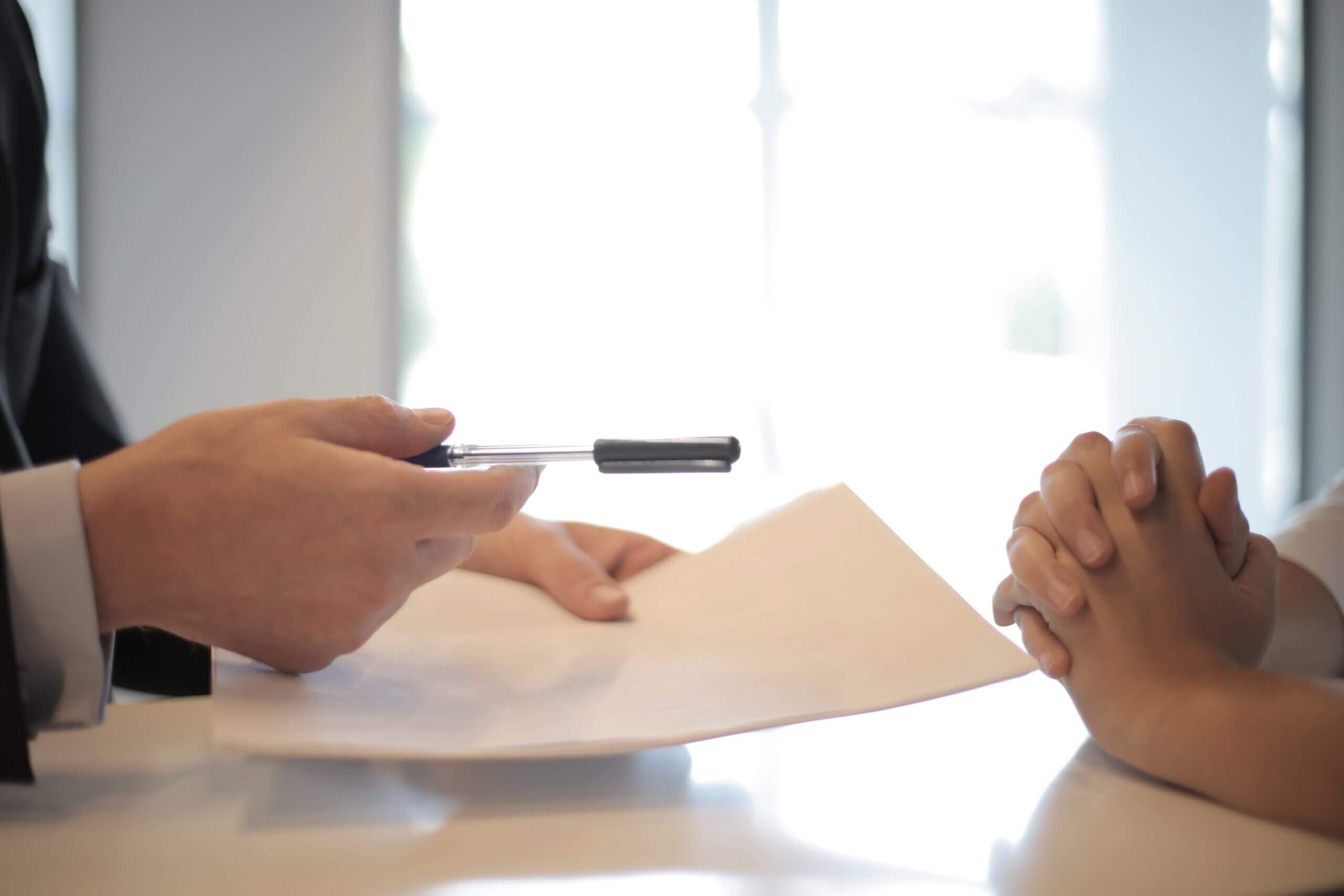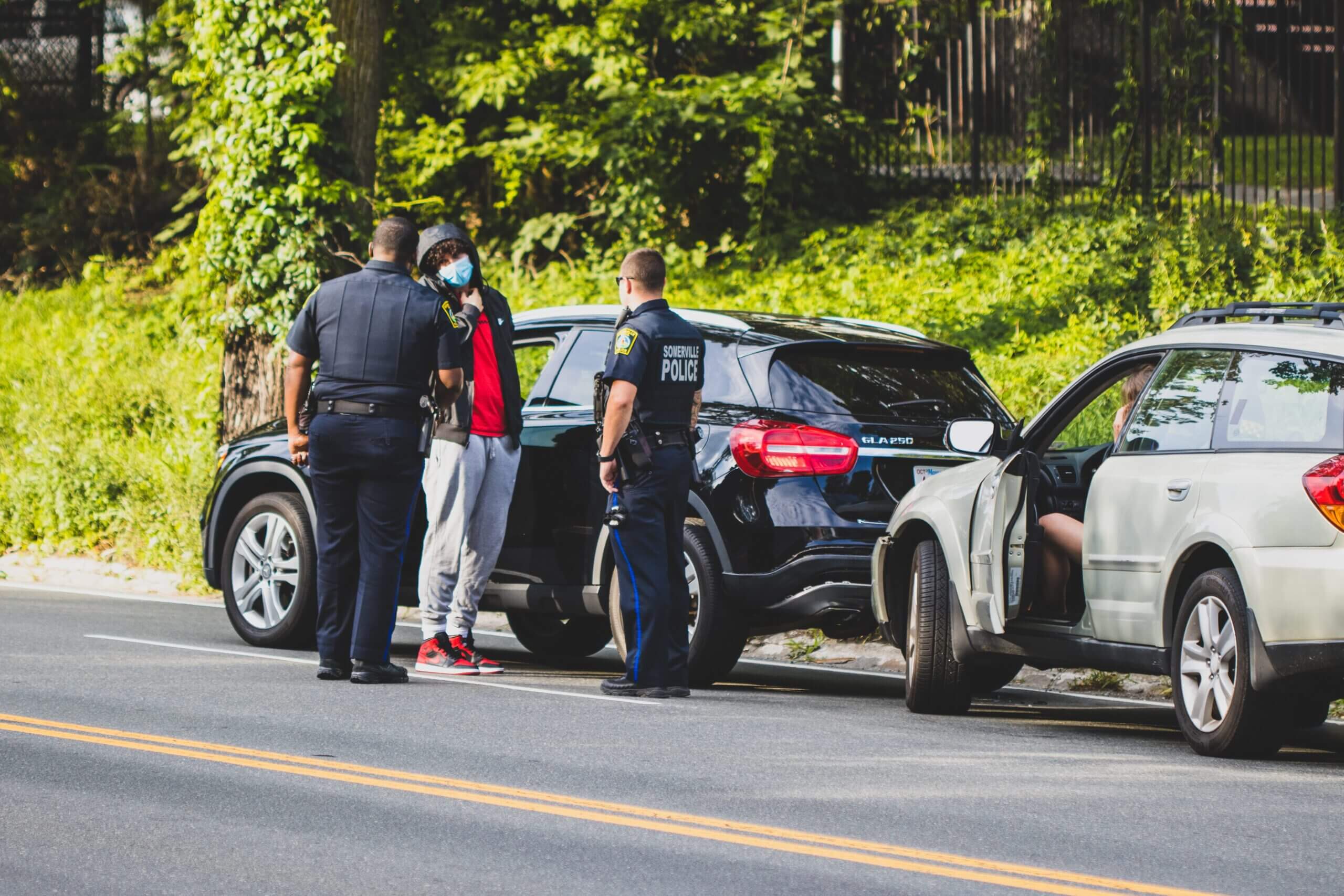Rear-End DC Uber Accidents
Rear-end DC Uber accidents are among the most common types of accidents. If you are a passenger, liability is rarely an issue, as there is little way you could cause an accident if you are not driving the vehicle. However, we still must determine who caused the accident because we need to know which party to sue for your injuries. Navigating the aftermath of any type of car accident, especially an Uber accident, can be daunting. In an Uber, you typically trust your driver to get you where you need to go safely. If you are an experienced rideshare rider, you may not even pay much attention outside the car if you have faith in Uber drivers. So, it can be startling when you are in a rear-end DC Uber accident.
We always advise taking pictures with your smartphone in any type of accident. Especially if no eyewitness can testify, photos of the property damage of both cars can tell a complete story. Photographs can be used to contradict eyewitnesses who may have missed part of the accident. This is true in rear-end DC Uber accidents. If one car rear-ends another, the property damage on both vehicles in conjunction tells a story. Of course, there can be mitigating factors to push liability onto someone other than the car who rear-ends the vehicle in front. We discuss those factors below.
Common Causes of Rear-End Collisions with Uber

Rear-end DC Uber accidents can happen for a variety of reasons. However, in our experience of handling hundreds of Uber accident cases in Washington, D.C., we have compiled a list of five of the most common causes.
Distracted Driving
Whether it is texting and driving, talking on the phone, fiddling with the radio, or looking at something on the sidewalk, distracted driving is among the most common causes of rear-end accidents whether you are in an Uber or not. As Uber passengers, we frequently see our drivers conversing on our trips. In no world should they be texting and driving. However, the law in DC permits them to speak on the phone as long as they are hands-free. However, this can still be distracting.
Mainly, if it is an intense conversation, the driver’s attention can be pulled from the road and into the conversation. The same can happen if the driver speaks to the passenger in the backseat. The driver may be attempting to make eye contact with the backseat passenger via the rearview mirror or, worse, by turning around when they can. These are all forms of distracted driving and can lead to rear-end DC Uber accidents.
In a distracted driving accident, the rear driver is likely liable for the accident.
Sudden Stops
Sudden stops are a trickier cause of rear-end DC Uber accidents, though almost as expected. When a sudden stop rear-end accident occurs, the question becomes who is responsible for causing the accident. Still, in nearly all circumstances, it is the person who rear-ended the first car who is responsible for causing the accident. Even if the person in the front deserves some blame, remember that Washington, D.C., is a contributory negligence jurisdiction. This means you are barred from recovery if a fact finder finds you to be even 1% negligent in causing the accident. While there are limited exceptions to that rule, they seldom apply in rear-end DC Uber accidents.
Tailgating
Tailgating is another common cause of rear-end accidents worth mentioning. It is a form of road rage, hazardous and illegal. Tailgating occurs when the vehicle in the rear leaves little space between his car and the car in front of them; this is usually done intentionally. It is dangerous because it leaves little time to stop in a sudden emergency. While it can be frustrating to sit in traffic in DC, especially during rush hour, tailgating drastically increases your chances of getting into an accident. If someone is tailgating you and causes an accident as you drive for Uber or in an Uber vehicle, contact an attorney immediately.
Reversing
This is a common cause of rear-end DC Uber accidents. However, in this scenario, the car’s driver with the rear-end damage is likely at fault. However, proving this case can be more difficult. These accidents typically happen in parking lots, which is good because there is a higher probability of an eyewitness. If there is an eyewitness, get their contact information so they can testify that it was not you who rear-ended the car but rather the vehicle that hit you.
Road Rage
There may be liability for the car in the front or the rear in road rage accidents. Road rage rear-end accidents are fact-specific. For example, the vehicle in front may slam on its brakes to cause an accident. If this happens, the car in front is at fault. But, of course, proving this in court can still be challenging. In this scenario, a dash camera can dramatically increase your chance of winning your case.
On the other hand, tailgating, as mentioned above, is a form of road rage. In a tailgating scenario, the rear vehicle is likely at fault for an accident. Road rage cases are the most complex cases in which liability is proven in court because, unlike most rear-end accident cases, property damage and physical evidence do not tell the whole story. Accordingly, an eyewitness can be invaluable in proving liability in your case.
Determining Fault in Rear-End Uber Accidents
If we take your rear-end DC Uber accident case to trial, we may not even need an accident reconstructionist expert as in many car accident cases. This is because jurors understand a rear-end collision well without an expert’s explanation. If a driver fails to maintain control of their vehicle and rear-ends another car, the driver is at fault for the injuries of everyone in the car he hit and everyone in his car. So, if you are a passenger in an Uber, you have a claim against your driver if he caused the accident.
Steps to Take Immediately After a Rear-End Uber Accident
Immediately after a rear-end Uber accident, as a simple formula, there are three steps you should know to take. The first is to get immediate medical attention for you and anyone injured at the scene. Second, collect evidence. Evidence is critical in rear-end cases, particularly reversing and road rage accidents. Any rear-end Uber accident in which the rear car is not at fault will require eyewitness testimony and as much evidence as possible to make your case. Third, speak with an Uber accident attorney.
Legal Options and Compensation for Victims
Your legal options for compensation as a victim in an Uber accident may be worth pursuing, whether you are the driver or passenger. The roads of Washington, D.C., are filled with rideshare vehicles. This city sees people visiting from out of town daily, relying on our transit system and rideshare apps like Uber. Unfortunately, accidents do sometimes strike. When they do, ensure you are in good hands.
Our DC injury lawyers have been handling all types of car accident cases in Washington, D.C., since 1954 and have handled over 10,000 cases. If you are injured in a rear-end DC Uber accident, call our office today for a free consultation.

This page has been reviewed by the legal team at Gelb & Gelb, P.C.
 N/a
N/a













